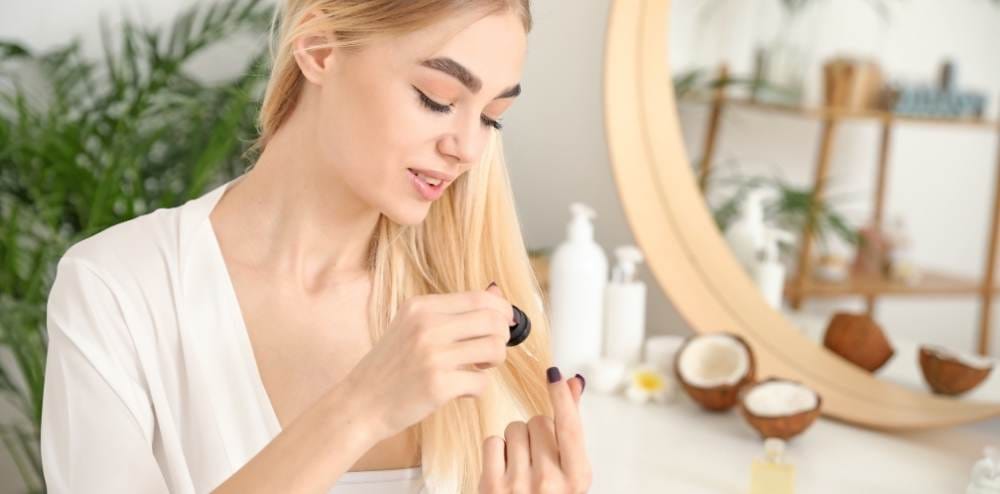A hair transplant is a surgical procedure that involves transplanting hair follicles from a donor site to the balding area. While the procedure itself is relatively simple, the recovery period can be uncomfortable. Itching and flaking are common side effects of a hair transplant, and they can last for several weeks. In this blog post, we will discuss how to manage itching and flaking after a hair transplant.
Why Does Itching and Flaking Happen?
Itching and flaking after a hair transplant is a common side effect that occurs as a result of the healing process. The scalp is a sensitive area, and the incisions made during the hair transplant can cause irritation and inflammation. The healing process involves the formation of new blood vessels and nerve connections, which can cause itching and discomfort. Additionally, the crusts that form around the hair follicles can also cause itching and flaking.
How to Manage Itching and Flaking After a Hair Transplant
Follow the Post-Operative Instructions
The first step in managing itching and flaking after a hair transplant is to follow the post-operative instructions provided by your surgeon. These instructions will include information on how to care for your scalp, what medications to take, and what activities to avoid. Following these instructions is crucial for ensuring proper healing and minimizing discomfort.
Keep Your Scalp Clean
Keeping your scalp clean is essential for preventing infection and promoting healing. Your surgeon will provide instructions on how to clean your scalp, which may include using a special shampoo or avoiding certain products. It’s important to follow these instructions carefully and to avoid using any harsh or irritating products on your scalp.
Use a Moisturizer
Applying a moisturizer to your scalp can help reduce itching and flaking. Look for a gentle, fragrance-free moisturizer that is specifically formulated for use on the scalp. Apply the moisturizer as directed by your surgeon, and be sure to avoid getting it on any of the incisions or grafts.
Avoid Scratching or Picking at Your Scalp
Scratching or picking at your scalp can further irritate the skin and delay the healing process. It’s important to avoid touching your scalp as much as possible, and to resist the urge to scratch or pick at any scabs or crusts that form.
Take Pain Medication as Directed
If you are experiencing significant discomfort or pain after your hair transplant, your surgeon may recommend taking over-the-counter pain medication. Be sure to follow the dosing instructions carefully and to avoid taking any medication that your surgeon has not approved.
Be Patient
Itching and flaking after a hair transplant can be frustrating, but it’s important to be patient and to give your scalp time to heal. The itching and flaking will eventually subside, and you will be left with a full head of healthy, natural-looking hair.
In conclusion, itching and flaking are common side effects of a hair transplant, but there are several ways to manage them. Following the post-operative instructions provided by your surgeon, keeping your scalp clean, using a moisturizer, avoiding scratching or picking at your scalp, applying cool compresses, taking pain medication as directed, and being patient can all help reduce itching and flaking and promote proper healing. If you have any concerns or questions about your recovery after a hair transplant, be sure to consult with your surgeon.







